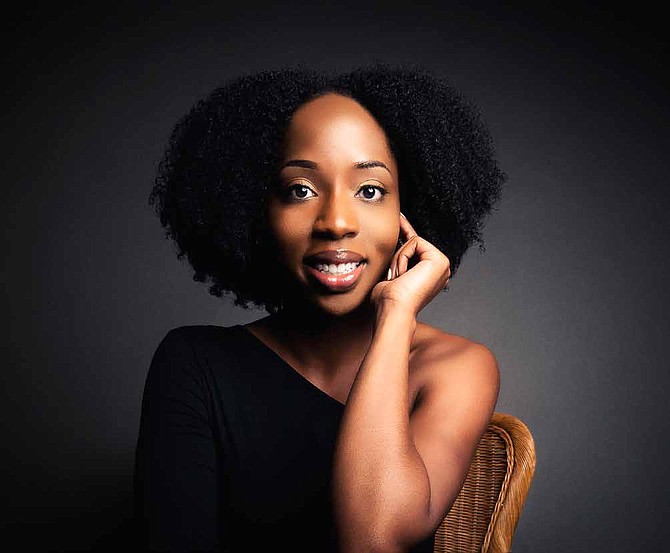Social app wants to bring humanity back to social media
A new social app wants to inspire transparency, normalize moods
and recreate the human experience online. The target group is Gen Z, teenagers and young people, between the ages 15-25. Inpathy was founded by Ziarekenya Smith, an entrepreneur based in Detroit, Mich.
social media impacting anxiety, depression, self-image and identity
formation were most prevalent in that age group.
apps … At Inpathy, we see a better way to do it. Especially at those critical identity formation ages,” said Kathryn Young, Chief Operations Officer.
media are posting their carefully curated highlight reel on their
accounts. People can see those and feel pressure to measure up,
without the awareness that those highlight reels are not indicative
of people’s real lives.
clinical social work degree. Prior to coming to Inpathy, she was a
life skills education specialist.
people like people. She always wanted to create opportunities
for people to have access to mental health services, and have the
resources to pay for mental health services.
realization that people weren’t giving themselves grace and empathy
when it came to social media. She believed she could bring
valuable perspective to Inpathy from her work with the military,
as well as her background and training as a clinician.
skills we already have and we can take it to tech and be valuable.”
Latest Stories
- Reminder: Taxes are due December 15, 2025. Pay now to avoid late fees. Struggling financially? Our Payment Plan Calculator is a tool you can use
- TWO GOVERNMENTS TO FORMALIZE HISTORIC PARTNERSHIP IN ADDRESSING MENTAL HEALTH CRISIS DURING THE HOLIDAY SEASON
- Trump's Policies Negatively Target Women
- Assessor Kaegi, South and West Side Community Leaders Urge Legislature to Pass Property Tax Relief, Condemn Board of Review's Large Breaks for Downtown Commercial Properties
- State Farm and The Salvation Army Launch National Donation Drive to Support Families This Holiday Season
Latest Podcast
Stacy Davis Gates

